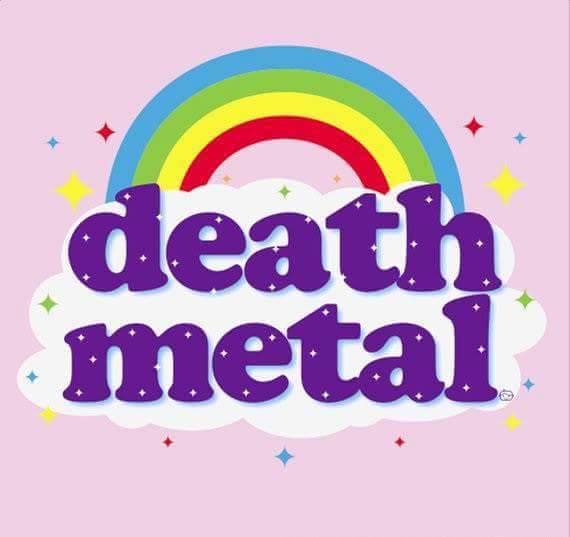Safespace Jihad Worriers (SJWs) generally insist that they are metalheads who are not in favor of censorship. Those statements however include two lies, which are only tolerated because they are indirect: first, SJWs are in favor of censorship because they intend to exclude everyone who does not agree with them. Second, they are not metalheads, although they are pretending to be metalheads, as the following somewhat neurotic article shows:
The heavy metal fan-base also has a problematic history with race. While many bands (including those within the Big Four) contain people of color, more often than not, the heavy metal audience in the West is mostly white. Bands that are solely comprised of people of color, like the Bay Area’s Stone Vengeance, have reported that labels would be interested in signing them based on their sound. However, when the labels saw a photo of Stone Vengeance, they would backpedal, saying the band did not have the “right look.” Some great discourse is arising around this subject, with scholars and journalists such as Laina Dawes raising their voices to unpack issues of race, as well as gender, within the heavy metal music scene.
As a burgeoning heavy metal academic, I have attended several academic conferences on heavy metal. Heavy metal academic conferences that I have attended have consistently had a high percentage of women presenting. This stands in stark contrast to conferences I have attended that are dedicated to other fields of study, in which women are less represented. Some conferences, like the latest one I attended, the inaugural Legion of Steal Metalfest and Conference in Berkeley, California, was organized solely by women.
So, to my heavy metal colleagues and friends, thank you for fostering discussions on gender, race, and sexual orientation in heavy metal music that make me a better feminist.
The usual SJW agenda is here: the one-sided, unsubstantiated accusation; the implication that no good person could disagree with the agenda; and finally, the calling together of the group for action as one. And in that, there is an admission: this writer is feminist first, and only secondarily a metalhead. She wants to conquer metal and make it into a subset of feminism because feminism is where her loyalties lie.
SJW incursion into metal became noticed when people pointed out that these “new metalheads” were not very much into the classics of the genre. Instead, they listened to only SJW-music: late hardcore, indie rock and other SJW-leaning genres. Of course they found metal not to their taste, and it had nothing to do with politics — these people do not actually like metal, but they like the idea of being metal so they can act cool in front of their friends, and thus they claim to be metalheads… if the metal is SJW-correct, and sounds a lot like indie rock.
Dual loyalties never really work for anyone. You can be a metalhead and listen to lots of other types of music, and think lots of other types of thought, but when your agenda becomes a mission to replace how metal thinks with how those other groups think, you are no longer a metalhead. You are someone who wishes to destroy metal and replace it with something more like the rest of the drivel out there. And that is indeed a problem.
23 CommentsTags: dual loyalties, metalgate, sjws



















